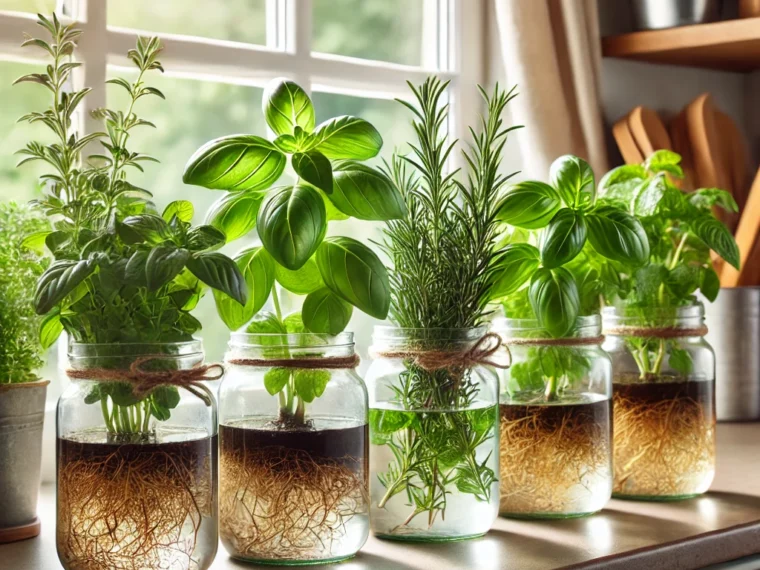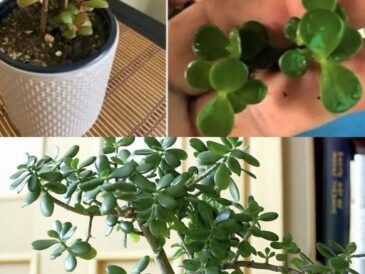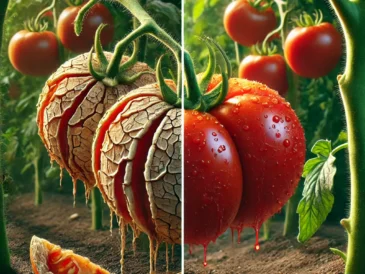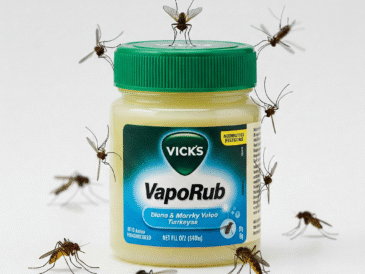Step 1: Prepare the Cuttings
- Select a healthy stem from the herb plant.
- Use scissors to make a diagonal cut just below a node (the point where a leaf joins the stem).
- Remove the lower leaves, leaving a few at the top.
Step 2: Choose the Container
- Fill the container with enough water to submerge the cut end of the stem, about 2–3 inches.
- Use a narrow-neck bottle for herbs that need extra support or wide-mouthed jars for sturdier herbs.
Step 3: Place the Cuttings in Water
- Insert the cut end into the water, ensuring no leaves are submerged (to prevent rotting).
- Position the container in a bright spot with indirect sunlight, such as a windowsill.
Step 4: Maintain the Water
- Change the water every 5–7 days to keep it fresh and oxygenated.
- Refill the container if the water level drops below the stem.
Step 5: Monitor Growth
- Roots should begin to develop within 1–2 weeks.
- Once the roots are 2–3 inches long, the plant is ready for regular harvesting.
Tips for Success
- Avoid Direct Sunlight: Too much heat can cause the water to evaporate quickly and stress the plants.
- Use Clean Tools: Sterilize scissors or pruners to prevent bacterial contamination.
- Watch for Algae: If you notice green buildup in clear containers, switch to opaque ones or clean the jar thoroughly.
- Harvest Regularly: Frequent trimming encourages new growth and prevents the herbs from becoming leggy.
- Add Fertilizer Sparingly: Use a drop of liquid fertilizer once a month for long-term growth.
Advantages of Growing Herbs in Water
- Freshness: You’ll always have aromatic herbs ready for cooking.
- Sustainability: Less water is used compared to soil gardening.
- Convenience: No weeding, tilling, or soil preparation required.
- Eco-Friendly: Reuse jars and bottles for an environmentally conscious garden.
Creative Uses for Your Herbs
- Culinary: Add fresh herbs to dishes, teas, or infused oils.
- Decor: Use the jars as part of your kitchen or dining table decor.
- DIY Gifts: Share rooted cuttings with friends and family as thoughtful, eco-friendly gifts.
Common Problems and Solutions
- Rotting Stems: Remove any submerged leaves and change the water frequently.
- Slow Growth: Ensure adequate light and consider adding a small amount of liquid fertilizer.
- Algae Growth: Use darker containers or position the jars away from intense light.
Growing herbs in water is a rewarding and practical way to keep your kitchen stocked with fresh greens. This easy method combines functionality and aesthetics, ensuring your space stays vibrant while your meals are elevated with garden-fresh flavors. Start your water herb garden today and enjoy the countless benefits it offers!
Pages: 1 2




